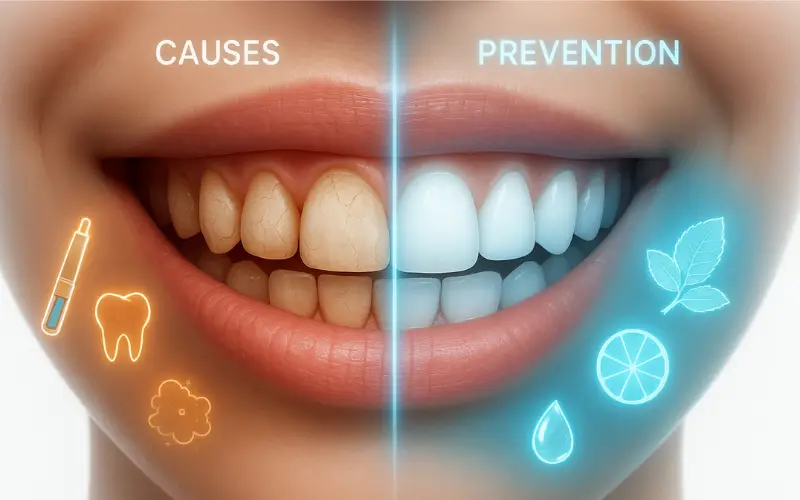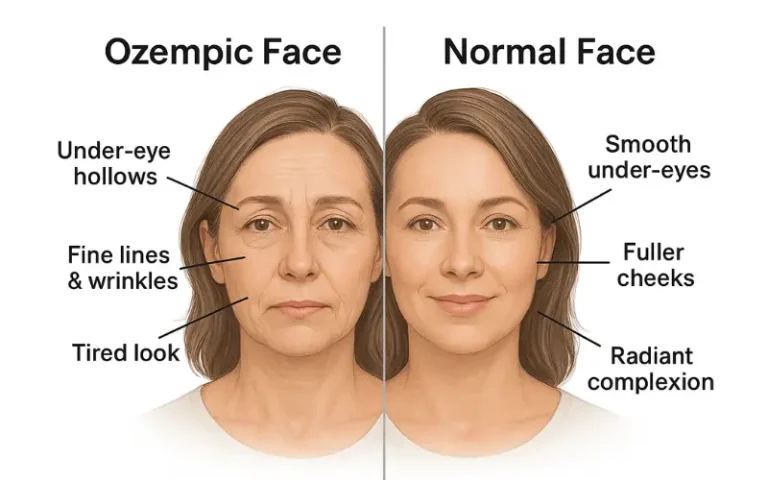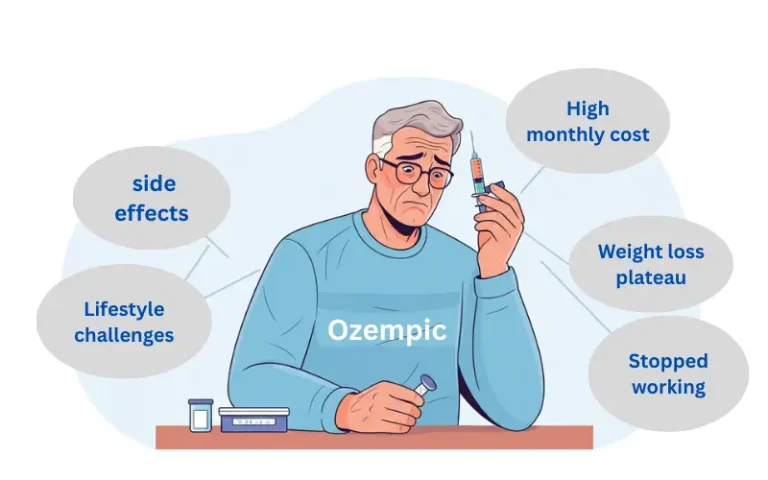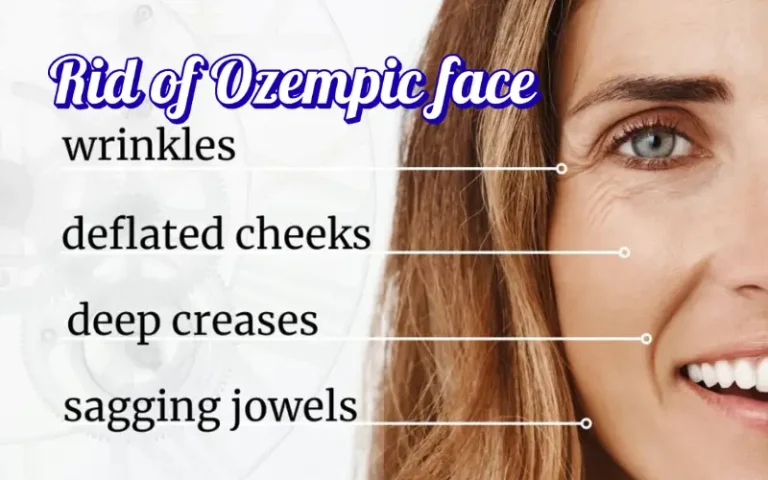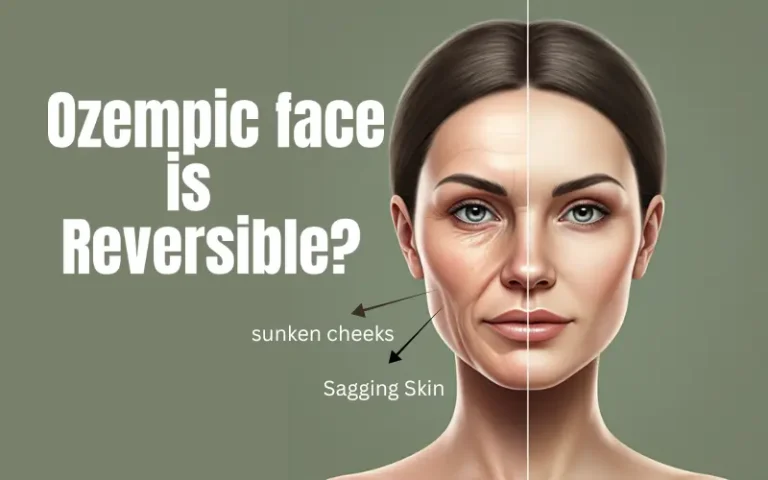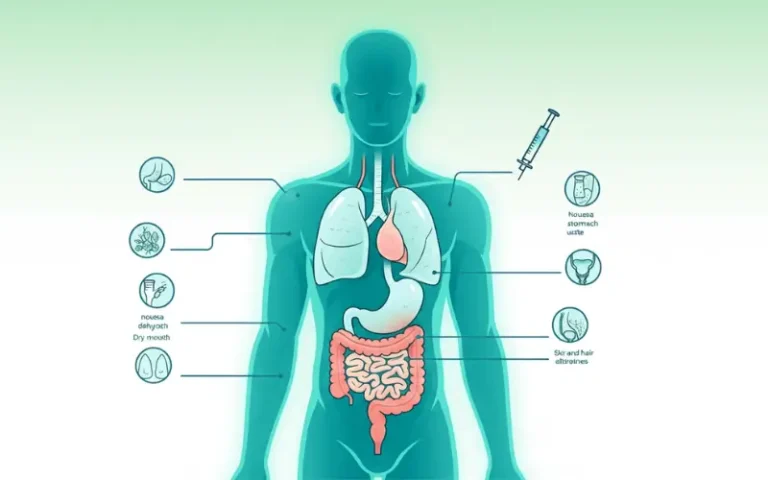What Are Ozempic Teeth? Dental Side Effects of GLP-1 Meds
What Are Ozempic Teeth? Understanding the Dental Side Effects of GLP-1 Medications
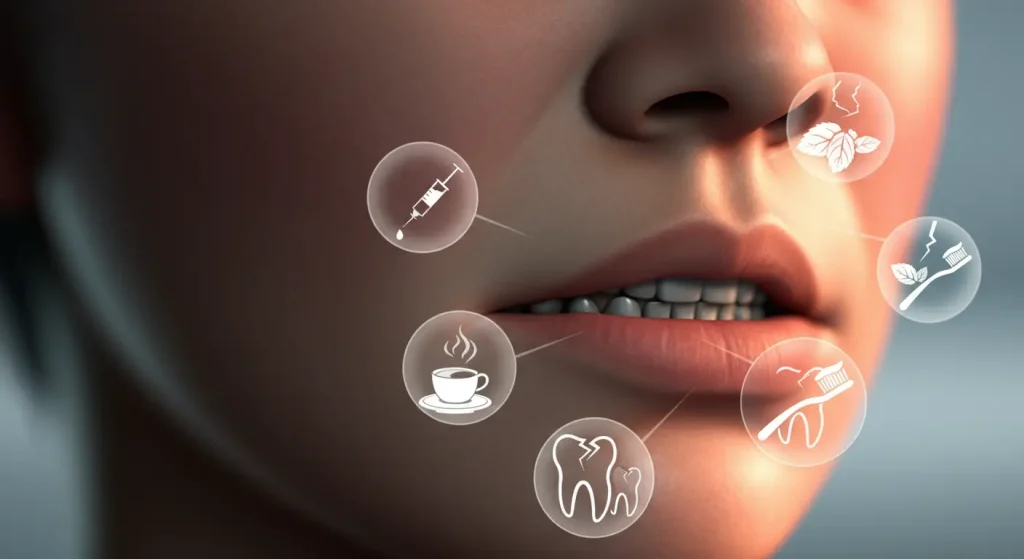
Medications like Ozempic have become incredibly popular for managing type 2 diabetes and aiding weight loss. While many users achieve significant health benefits, an unexpected topic is gaining attention in dental offices and online forums, “Ozempic teeth.” This term describes a range of dental side effects that some people experience while taking these medications.
If you use a GLP-1 medication, understanding how it might affect your oral health is the first step toward protecting your smile. This article explains what Ozempic teeth are, what causes the symptoms, and how you can maintain excellent dental hygiene throughout your treatment.
What Is Ozempic?
Ozempic (Semaglutide) is an injectable prescription medication belonging to a class of drugs called glucagon-like peptide-1 (GLP-1) receptor agonists. Originally developed to help adults with type 2 diabetes control their blood sugar levels, it also slows digestion and reduces appetite. This appetite suppressing effect has made it, along with similar GLP-1 medications like Wegovy and Mounjaro, a widely used tool for weight management.
What Are “Ozempic Teeth”?
” Ozempic teeth” is not a formal medical diagnosis. Instead, it’s a popular term used to describe a collection of adverse oral health issues reported by some users of GLP-1 medications. While these drugs don’t directly attack teeth, their side effects can create an environment in your mouth that leads to decay, gum problems, and other dental concerns. The connection is indirect but significant, and it’s something both patients and dentists are noticing more frequently.
Common Symptoms of Ozempic Teeth
The dental side effects associated with GLP-1 medications can vary from person to person. Have you noticed any changes in your oral health since starting the medication? Here are some of the most commonly reported symptoms of Ozempic teeth:
- Dry Mouth (Xerostomia): A persistent feeling of dryness in the mouth is one of the most frequent complaints. Saliva is crucial for oral health, as it neutralizes acids and washes away food particles and bacteria.
- Enamel Erosion: Frequent exposure to stomach acid from vomiting or acid reflux can wear away the protective outer layer of your teeth, known as enamel.
- Gum Inflammation (Gingivitis): Gums may become red, swollen, tender, or bleed easily. This is often an early sign of gum disease.
- Bad Breath (Halitosis): A combination of dry mouth, acid reflux, and changes in digestion can lead to persistent bad breath that isn’t easily fixed with brushing.
- Increased Tooth Sensitivity: As enamel erodes, the sensitive layer beneath (dentin) becomes more exposed, causing discomfort when consuming hot, cold, sweet, or acidic foods and drinks.
- Higher Risk of Cavities: With less saliva to protect your teeth and potential changes in diet, the risk of developing tooth decay increases.
Suggested Infographic: A chart illustrating the primary symptoms of Ozempic teeth, with icons for dry mouth, enamel erosion, inflamed gums, and tooth sensitivity.
What Causes Ozempic Teeth?
The dental problems linked to Ozempic are typically secondary effects of how the medication works in the body. Understanding these root causes can help you take preventive action.
- Dry Mouth: Reduced saliva flow is a well-known side effect. A dry oral environment allows harmful bacteria to multiply, increasing the risk for both cavities and gum disease.
- Nausea, Vomiting, and Acid Reflux: These are common gastrointestinal side effects, especially when starting the medication. When you vomit, your teeth are coated in strong stomach acids, which can rapidly erode tooth enamel. Chronic acid reflux has a similar damaging effect over time.
- Appetite Suppression and Nutritional Changes: Ozempic significantly reduces appetite. This can lead to nutritional deficiencies if you aren’t getting enough essential vitamins and minerals like calcium, vitamin D, and vitamin C, all of which are vital for strong teeth and healthy gums.
- Reduced Oral Care: When you feel nauseous or have a low appetite, you might be less inclined to stick to your daily oral hygiene routine. Skipping brushing and flossing allows plaque to build up quickly.
Real-Life Examples and Anecdotal Evidence
While large scale clinical trials on Ozempic teeth are still emerging, dentists and patients are sharing their experiences. Many patients report noticing new dental issues within a few months of starting a GLP-1 medication. One person might complain of sudden tooth sensitivity that wasn’t there before. At the same time, another might struggle with persistent dry mouth and the resulting bad breath. These anecdotal reports highlight a consistent pattern, the medication’s side effects are creating new challenges for maintaining oral health.
How to Prevent Ozempic Teeth
The good news is that you can be proactive. Taking a few simple steps can help you manage the dental side effects of GLP-1 medications and keep your smile healthy. Here are some effective prevention tips:
- Stay Hydrated: Drink plenty of water throughout the day to combat dry mouth. This helps rinse away bacteria and keep your oral tissues moist.
- Maintain Excellent Oral Hygiene: Brush your teeth twice a day with a fluoride toothpaste and floss daily. Consistency is key, even on days you don’t feel your best.
- Manage Acid Exposure: If you experience vomiting or acid reflux, do not brush your teeth immediately afterward. Brushing can rub the acid deeper into the enamel. Instead, rinse your mouth with water or a solution of water and baking soda to neutralize the acid. Wait at least 30 minutes before brushing.
- Use Products for Dry Mouth: Consider using over the counter saliva substitutes, sprays, or mouthwashes specifically designed for dry mouth. Chewing sugar-free gum or sucking on sugar free lozenges can also stimulate saliva flow.
- Focus on Nutrient-Rich Foods: Even with a reduced appetite, prioritize nutrient-dense foods. Include sources of calcium (like dairy or fortified alternatives), vitamin D (fatty fish, fortified foods), and vitamin C (citrus fruits, leafy greens) to support your dental health.
- Communicate with Your Dentist: Tell your dental team that you are taking a GLP-1 medication. This allows them to monitor your oral health more closely and recommend personalized preventive care, such as professional fluoride treatments
When to See a Dentist
Don’t wait for a small issue to become a major problem. You should schedule a dental appointment if you notice any of the following Ozempic teeth symptoms:
- Gums that are persistently bleeding, swollen, or tender.
- New or worsening tooth sensitivity.
- Bad breath that doesn’t go away with regular hygiene.
- A constantly dry or sticky feeling in your mouth.
- Visible changes in your teeth, such as discoloration or thinning enamel.
- Loose teeth or changes in your bite.
Early intervention is the best way to prevent permanent damage and keep your treatment costs down.
Conclusion
Achieving your health and weight goals is important, and GLP-1 medications like Ozempic can be a powerful tool on that journey. However, being aware of potential side effects, including Ozempic teeth, is essential for your overall well-being.
By staying hydrated, maintaining rigorous oral hygiene, and communicating openly with your healthcare providers, you can protect your smile while benefiting from your medication. If you have any concerns about your dental health, don’t hesitate to consult your dentist. They can provide tailored advice and support to ensure your mouth stays as healthy as the rest of your body.

